This is a vegan babka. But let’s address the elephant in the room. Why not use vegan butter? Most vegan substitutes are made primarily with a focus on replicating textures and flavours and rarely with a respect for a natural process. Butter is usually made with one ingredient. Cream. But look at the ingredient list of a vegan butter and you find a host of emulsifiers, flavourings and colours, most of which have the purpose to artificially coax an inflammatory oil into the ability to melt and spread just like dairy butter would.
Usually, my way of dealing with this is to simply turn my back to the butter-heavy recipes and be inspired by cultures that have long used oil instead. But Babka is the one cake (bread/dessert?) that I couldn’t let go. And thus I’ve been experimenting with ways to use extra-virgin olive oil instead of butter.
If you’ve followed my stories, you’ll know that it was a bit of a rocky road. At first, the dough was too soft, then it was too dry, the filling was too runny, then it became too firm. It even snapped like a bar of chocolate when it came to braiding the babka. But after some trial and error (aka having babka for breakfast, lunch and dinner), I’ve arrived at a formula that would yield a soft dough and a rich filling.
But above all, this is also an opportunity to bake something mindful. Far more than just using natural ingredients, it’s the quality of those ingredients that matters. And too often with baking, it’s the main ingredient that gets overlooked: Flour. If you want to bake something meaningful, I urge you to take this as a challenge to find a bakery near you that mills its own flour and grab a bag for this recipe.
Did you know that freshly milled flour loses 90% of its minerals only 3 days after milling? Now imagine what impact that has on the flavour. Ironically, you should let freshly milled flour rest for at least 24 hours and, granted, using freshly milled flour is more challenging. You’ll need to be careful with the hydration, it might be stickier or not rise as well, the yeast might go nuts or seemingly not kick in at all… but in the end, you’ll be forgiven under the premise that you’ve sourced an ingredient at its highest quality to create something special.
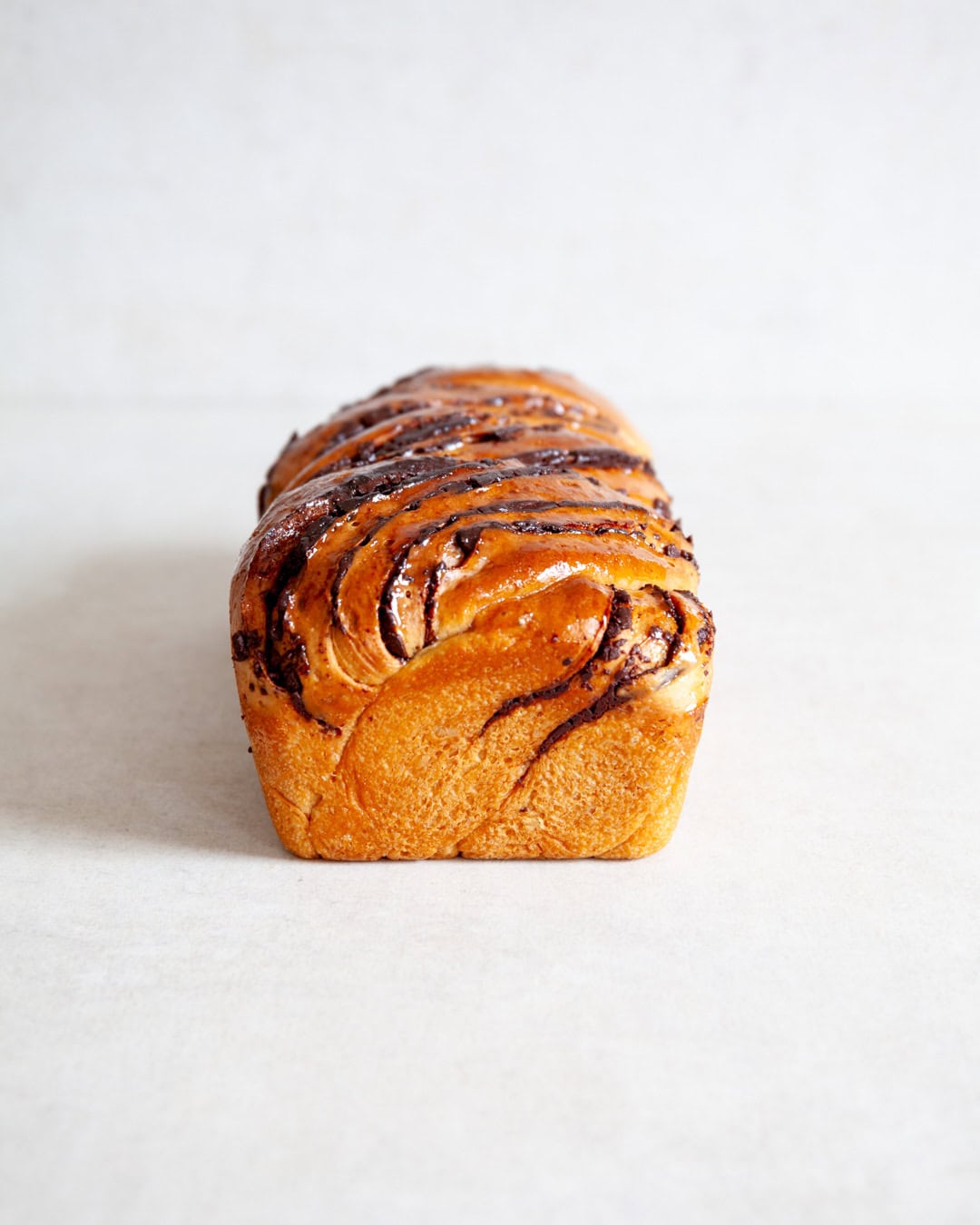
Ingredients
Dough
- 15 g fresh yeast
- 170 ml hazelnut milk
- 40 g golden granulated sugar
- 300 g pastry flour
- 6 g salt
- 60 g extra virgin olive oil
Filling
- 90 g 75% dark chocolate
- 80 g tahini
- 1 tbsp extra virgin olive oil
- 30 g golden icing sugar
- 30 g cacao powder
Hazelnut Milk Wash
- 2 tsp maple syrup
- 1 tbsp non-dairy milk
Syrup
- 40 g golden granulated sugar
- 30 ml water
Method
Crumble the yeast into a medium-sized mixing bowl and add the hazelnut milk and sugar. Stir with a fork to dissolve.
In a large bowl, whisk together the flour and salt, pour in the dissolved yeast and use your hands to mix everything into a rough dough. Tip out the dough onto a work surface and knead it until it becomes too sticky to handle. At this point, we’re using a technique called Slap & Fold (watch here), which allows us to handle doughs with a higher hydration without adding more flour. Start by lifting up the dough, then slapping one end of it back onto the work surface. Now fold the other end (the one you’re holding) over the dough, thereby stretching it slightly and developing the gluten structure. Turn the dough by 90° and repeat. Try to do this in confident and quick movements to avoid the dough from sticking to your hands. After a few turns, you will notice the dough beginning to firm up. You can now give it a knead until it becomes too sticky again, then simply repeat the Slap & Fold. Work the dough this way for around 5 minutes, until it feels soft & pliable and less sticky to the touch.
Return the dough to the bowl and pour in all of the olive oil. Then use your hands to squeeze the oil into the dough and work it in by kneading and folding it over. Don’t worry, the dough will absorb all of the oil after a while, so just keep going. Once the oil is absorbed, return the dough to the work-surface and knead and Stretch & Fold it for another 5 minutes until it is smooth again.
Grease a large bowl with a bit more oil and transfer the dough. Then cover it with a damp kitchen towel and leave it to proof and double in size for 1 1/2 hours or overnight in the fridge.
Around 1 hour before you want to continue the babka, start making the chocolate filling. Melt the chocolate over a bain-marie (place a saucepan with a bit of water over low heat and put a heat-proof bowl on top of the pan. Make sure that the bowl doesn’t touch the water. Then break the chocolate into the bowl and let it melt entirely, stirring it every now and then). Carefully remove the bowl with the melted chocolate from the heat and stir in the tahini, olive oil, icing sugar, cacao powder and 1/8 tsp salt. Then set it aside for 30 minutes to firm up slightly. It should be a thick slow-running paste. If it seems too runny pop it in the fridge for just 10 minutes (careful, as the chocolate will firm up quickly).
Once the dough has doubled, roll it out into a rectangular (25x35cm). Spread the filling over the dough but leave a 1 cm border around the edges. Now roll the shorter side of the dough up and use a serrated knife to cut the roll lengthways along the middle. Then braid it by overlapping the pieces. Add it to a greased oven dish and leave it to proof for another 2 1/2 hours.
Pre-heat the oven to 180°C. Mix together the maple syrup & hazelnut milk and brush it over the dough. Then bake the babka for 40 minutes or until golden.
While the babka is baking, make the syrup by combining the golden granulated sugar and water in a sauce pan and bringing it to a simmer until all of the sugar has dissolved. Then turn off the heat.
When the babka is ready, remove it from the oven and brush it with all of the syrup. Once it’s cold enough to handle, tip it out of the loaf tin and leave it to cool entirely on a cooling rack.
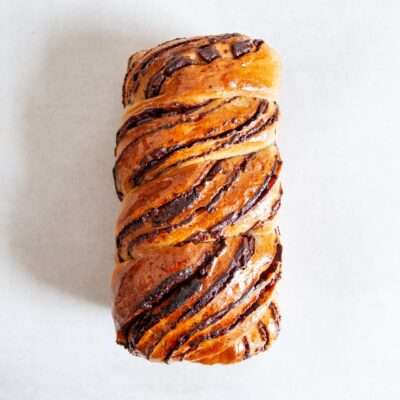
Olive Oil Chocolate Babka
Ingredients
Dough
- 15 g fresh yeast
- 170 ml hazelnut milk
- 40 g golden granulated sugar
- 300 g pastry flour
- 6 g salt
- 60 g extra virgin olive oil
Filling
- 90 g 75% dark chocolate
- 80 g tahini
- 1 tbsp extra virgin olive oil
- 30 g golden icing sugar
- 30 g cacao powder
Hazelnut Milk Wash
- 2 tsp maple syrup
- 1 tbsp non-dairy milk
Syrup
- 40 g golden granulated sugar
- 30 ml water
Instructions
- Crumble the yeast into a medium-sized mixing bowl and add the hazelnut milk and sugar. Stir with a fork to dissolve.
- In a large bowl, whisk together the flour and salt, pour in the dissolved yeast and use your hands to mix everything into a rough dough. Tip out the dough onto a work surface and knead it until it becomes too sticky to handle. At this point, we’re using a technique called Slap & Fold (watch here), which allows us to handle doughs with a higher hydration without adding more flour. Start by lifting up the dough, then slapping one end of it back onto the work surface. Now fold the other end (the one you’re holding) over the dough, thereby stretching it slightly and developing the gluten structure. Turn the dough by 90° and repeat. Try to do this in confident and quick movements to avoid the dough from sticking to your hands. After a few turns, you will notice the dough beginning to firm up. You can now give it a knead until it becomes too sticky again, then simply repeat the Slap & Fold. Work the dough this way for around 5 minutes, until it feels soft & pliable and less sticky to the touch.
- Return the dough to the bowl and pour in all of the olive oil. Then use your hands to squeeze the oil into the dough and work it in by kneading and folding it over. Don’t worry, the dough will absorb all of the oil after a while, so just keep going. Once the oil is absorbed, return the dough to the work-surface and knead and Stretch & Fold it for another 5 minutes until it is smooth again.
- Grease a large bowl with a bit more oil and transfer the dough. Then cover it with a damp kitchen towel and leave it to proof and double in size for 1 1/2 hours or overnight in the fridge.
- Around 1 hour before you want to continue the babka, start making the chocolate filling. Melt the chocolate over a bain-marie (place a saucepan with a bit of water over low heat and put a heat-proof bowl on top of the pan. Make sure that the bowl doesn’t touch the water. Then break the chocolate into the bowl and let it melt entirely, stirring it every now and then). Carefully remove the bowl with the melted chocolate from the heat and stir in the tahini, olive oil, icing sugar, cacao powder and 1/8 tsp salt. Then set it aside for 30 minutes to firm up slightly. It should be a thick slow-running paste. If it seems too runny pop it in the fridge for just 10 minutes (careful, as the chocolate will firm up quickly).
- Once the dough has doubled, roll it out into a rectangular (25x35cm). Spread the filling over the dough but leave a 1 cm border around the edges. Now roll the shorter side of the dough up and use a serrated knife to cut the roll lengthways along the middle. Then braid it by overlapping the pieces. Add it to a greased oven dish and leave it to proof for another 2 1/2 hours.
- Pre-heat the oven to 180°C. Mix together the maple syrup & hazelnut milk and brush it over the dough. Then bake the babka for 40 minutes or until golden.
- While the babka is baking, make the syrup by combining the golden granulated sugar and water in a sauce pan and bringing it to a simmer until all of the sugar has dissolved. Then turn off the heat.
- When the babka is ready, remove it from the oven and brush it with all of the syrup. Once it’s cold enough to handle, tip it out of the loaf tin and leave it to cool entirely on a cooling rack.
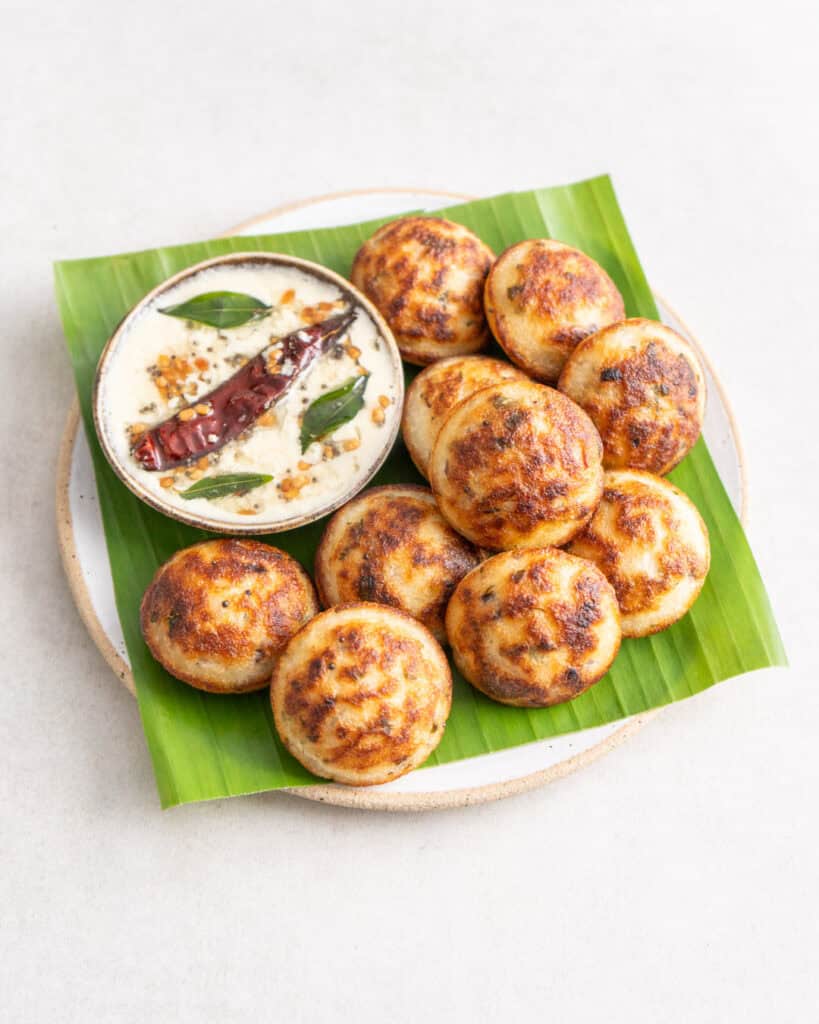
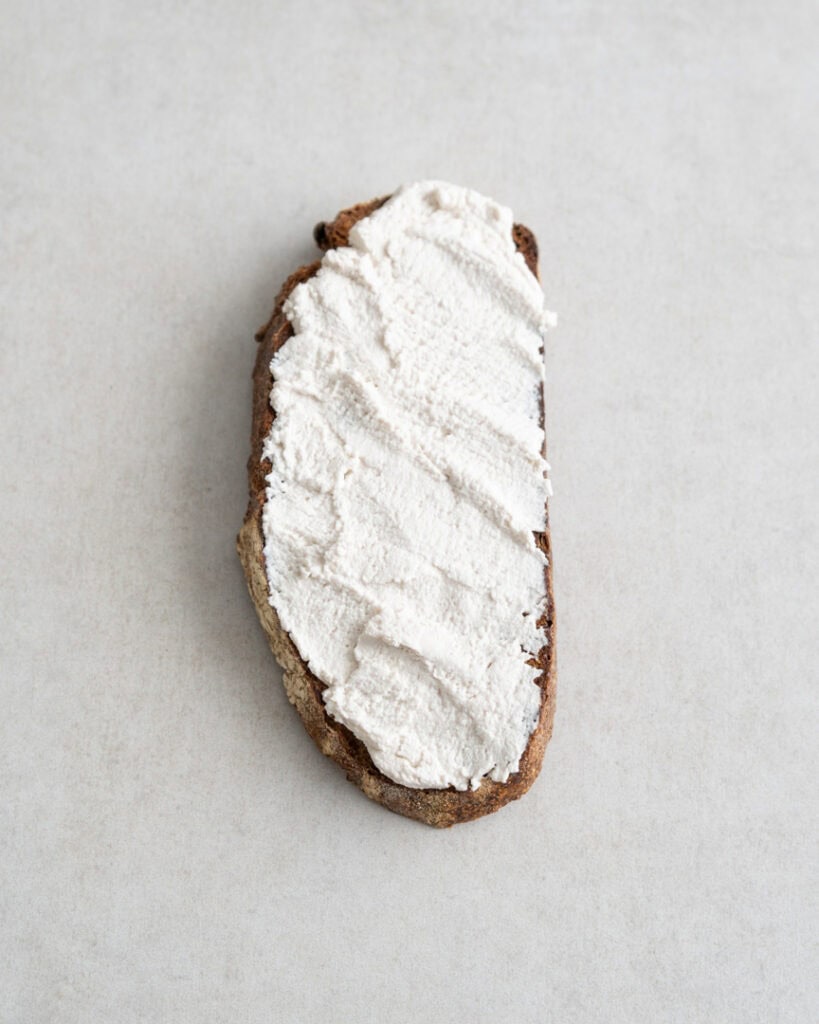
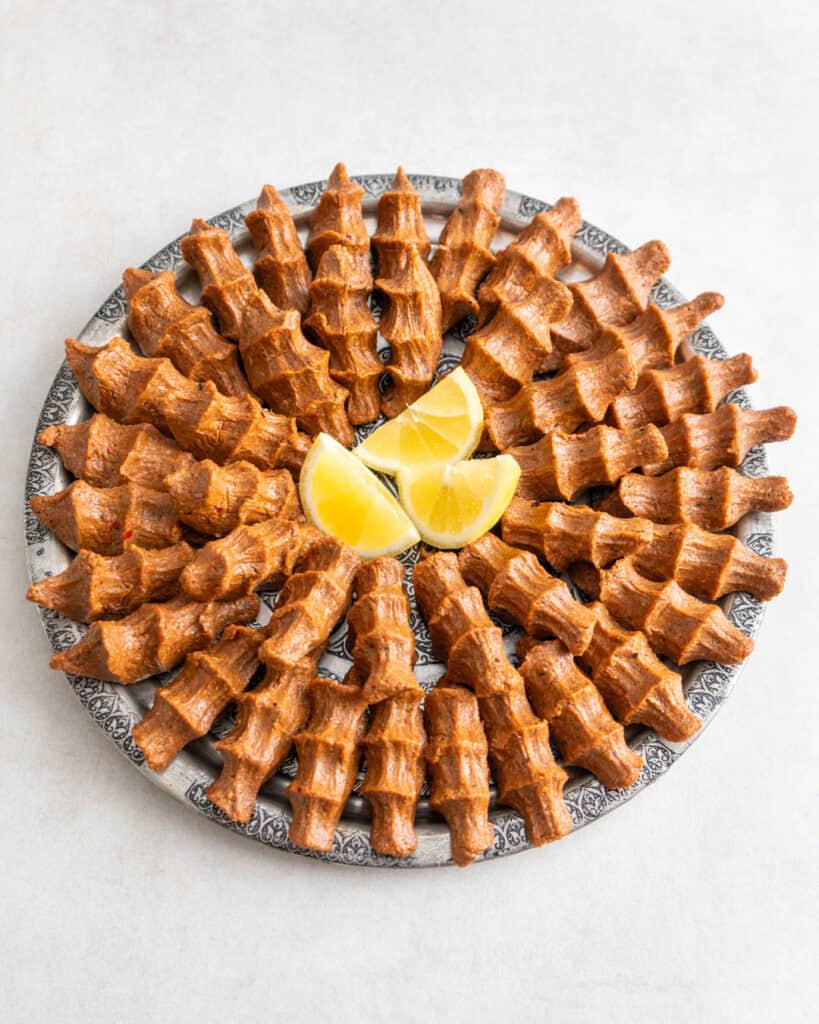
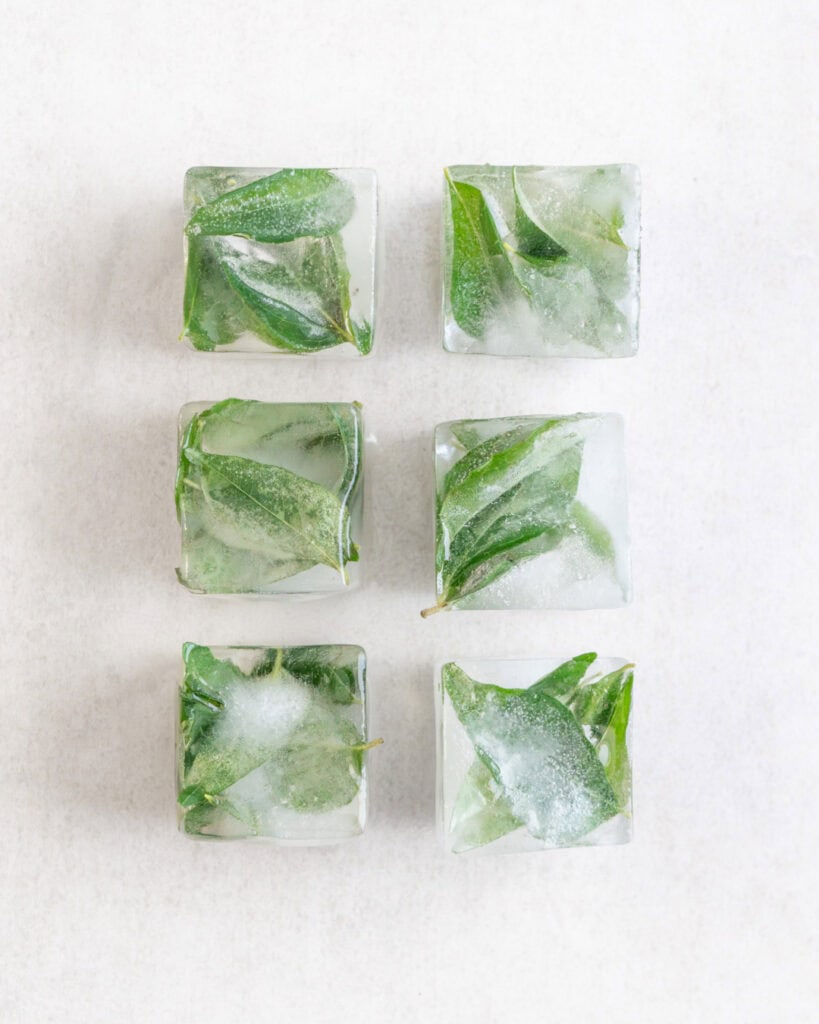
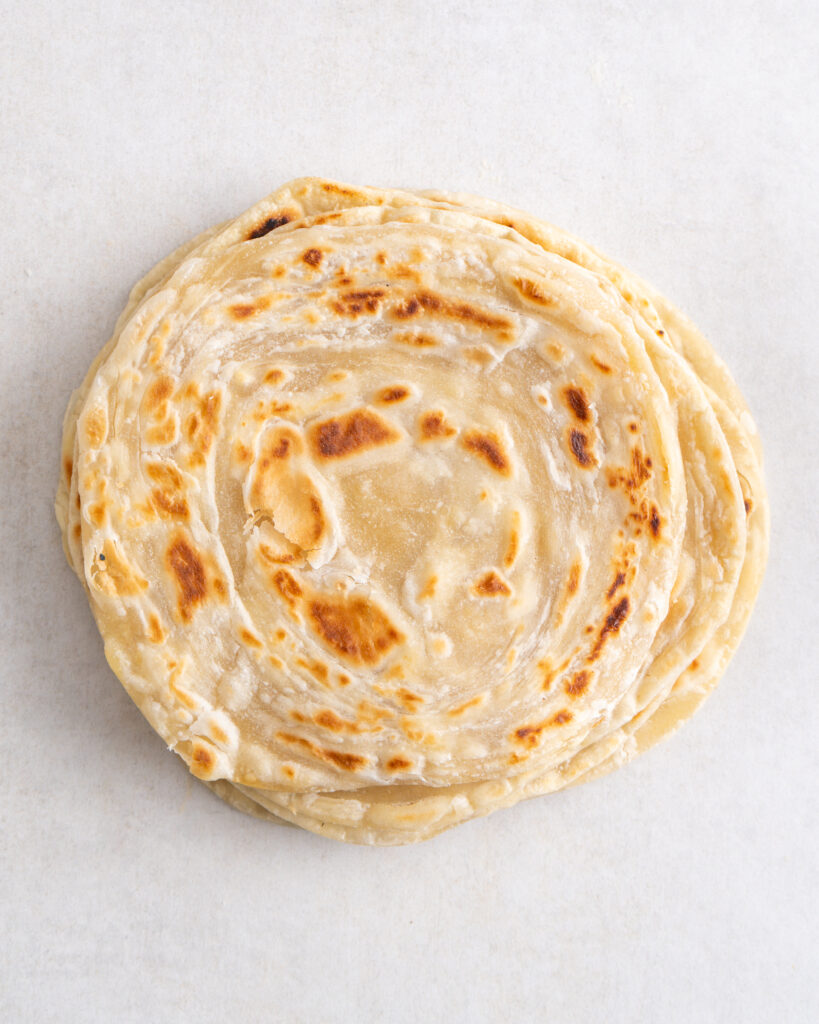
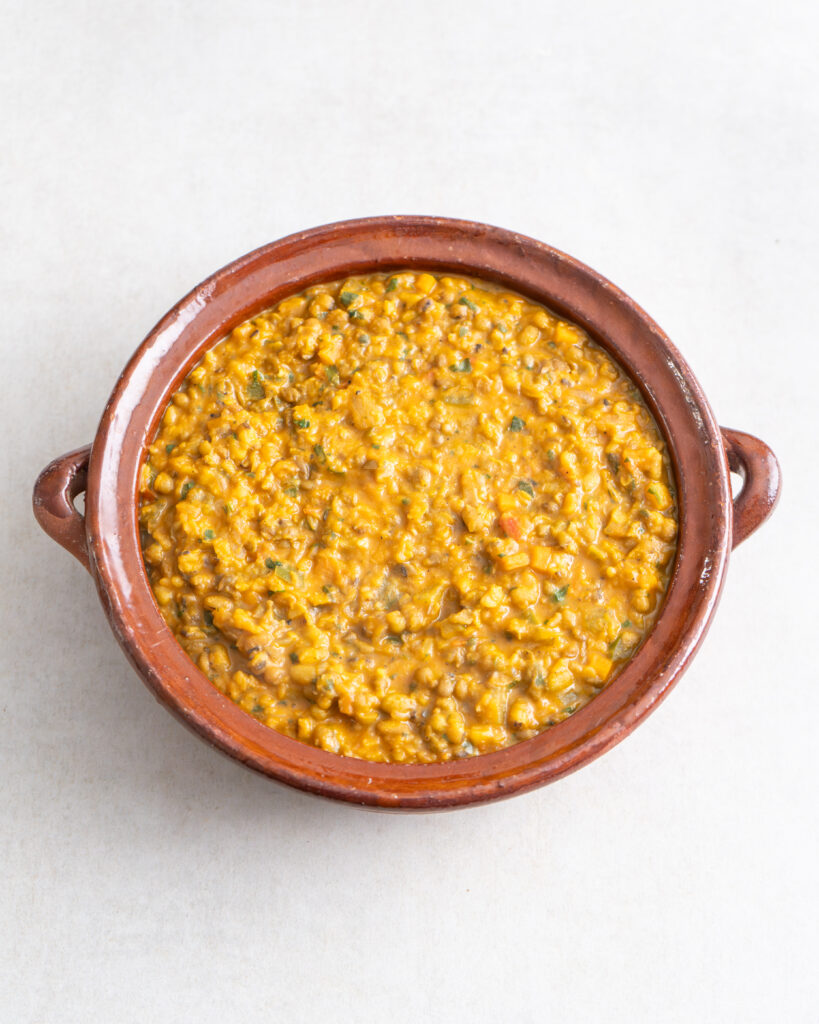
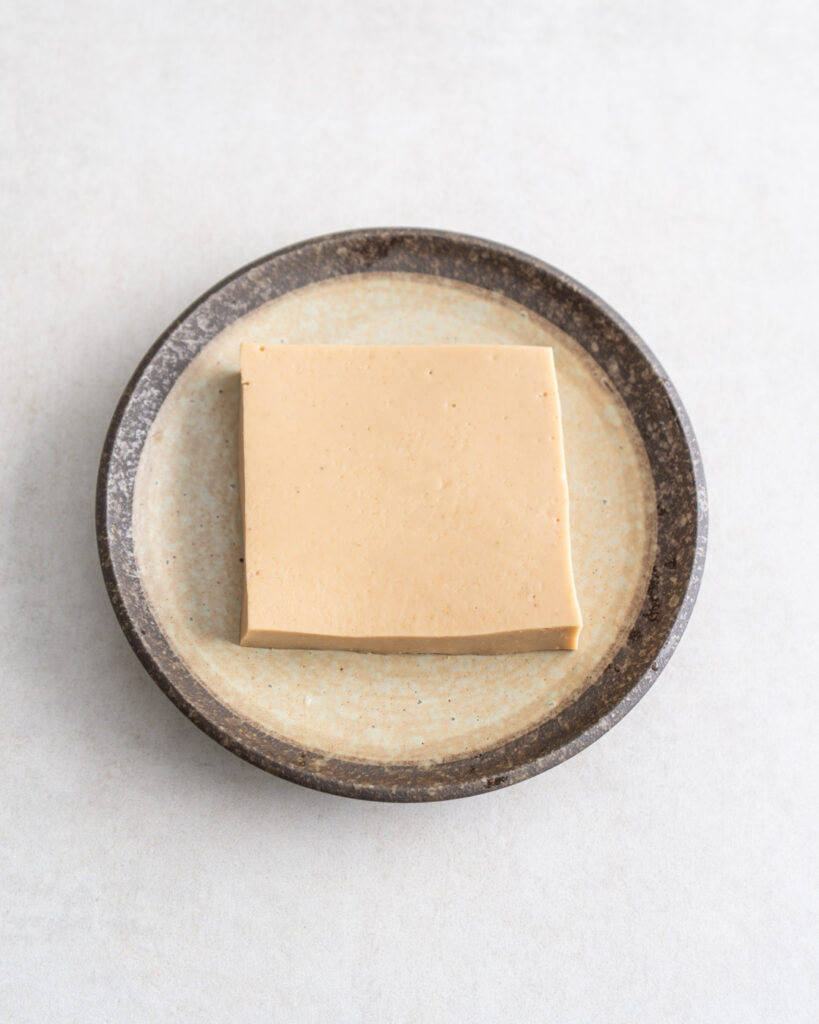
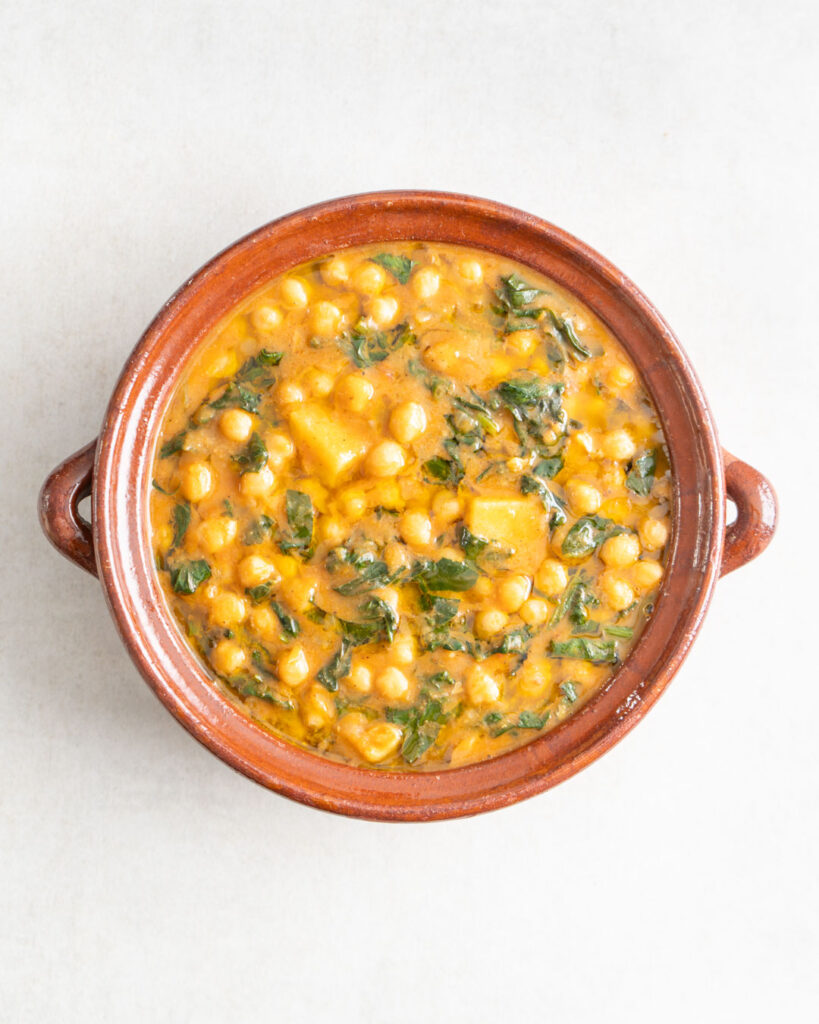
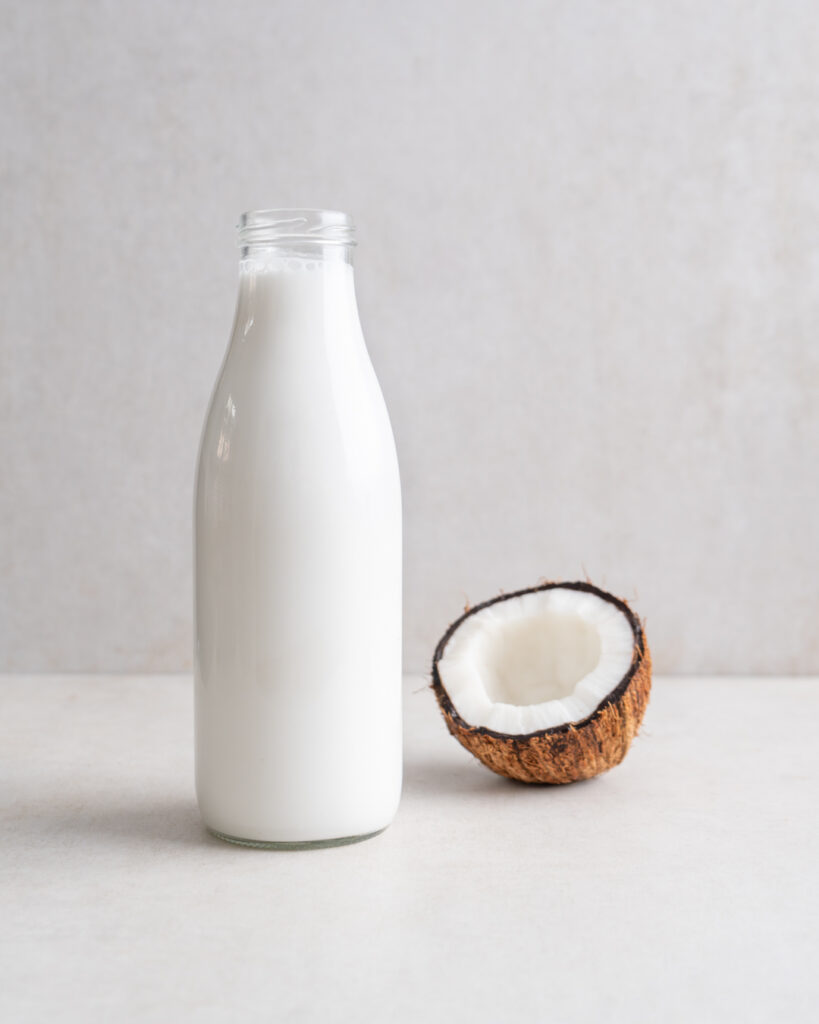
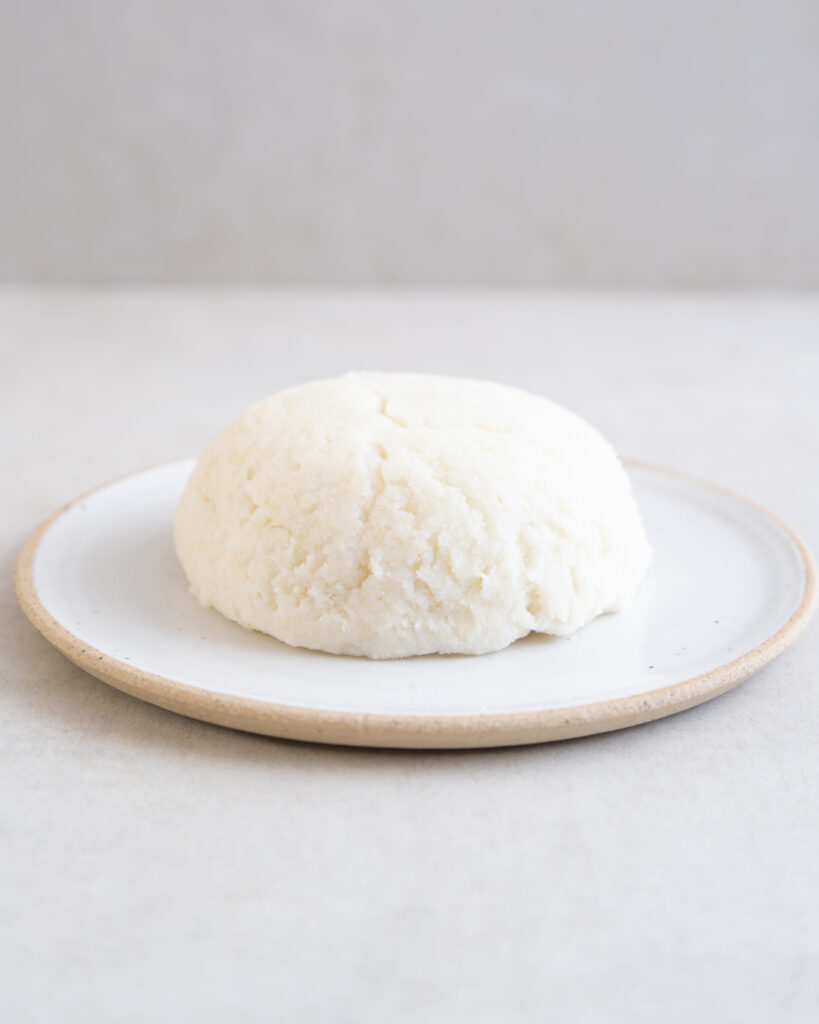
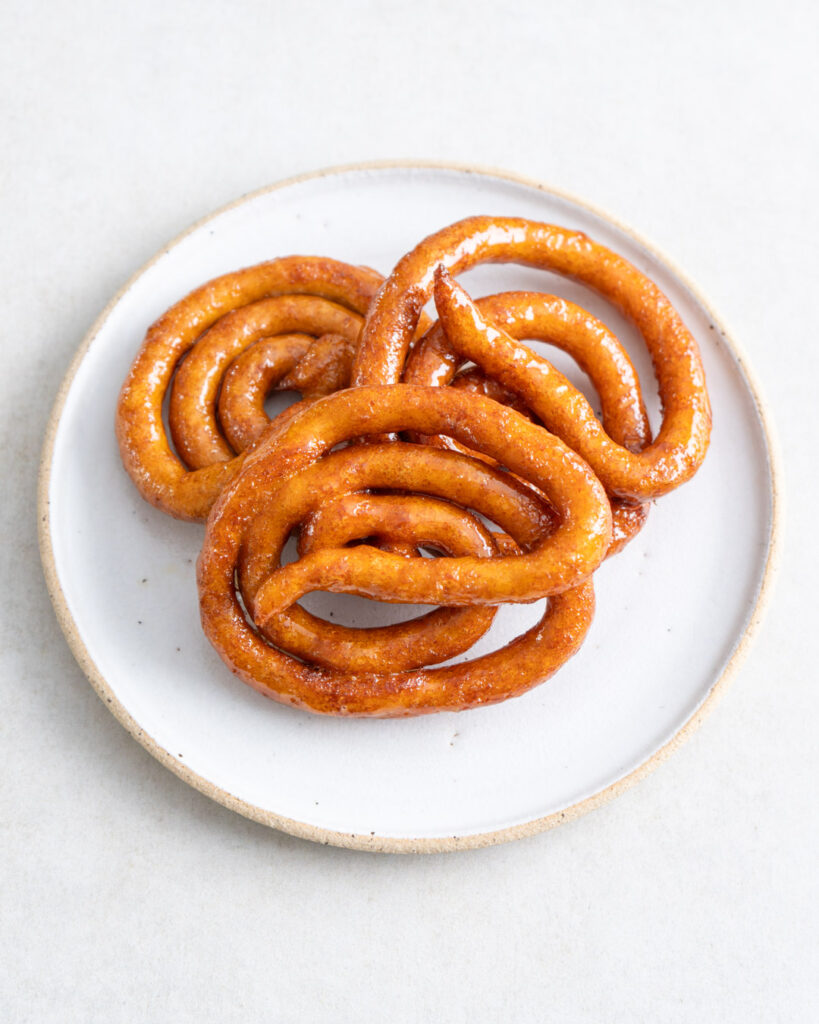
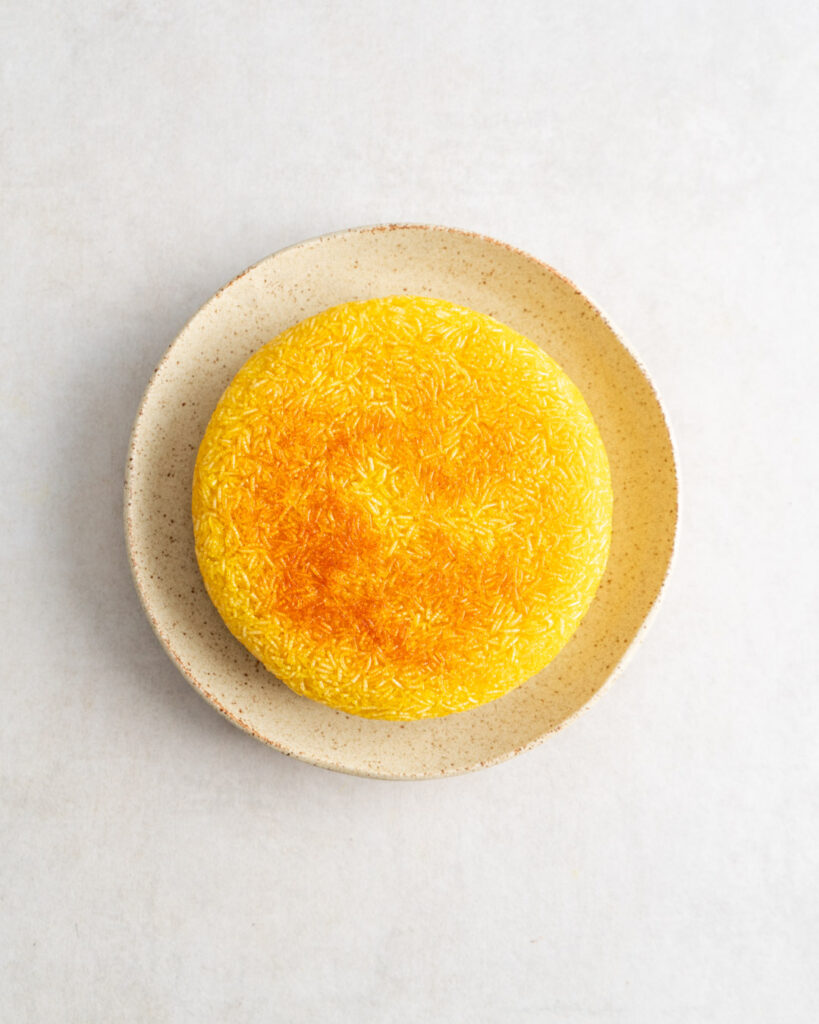
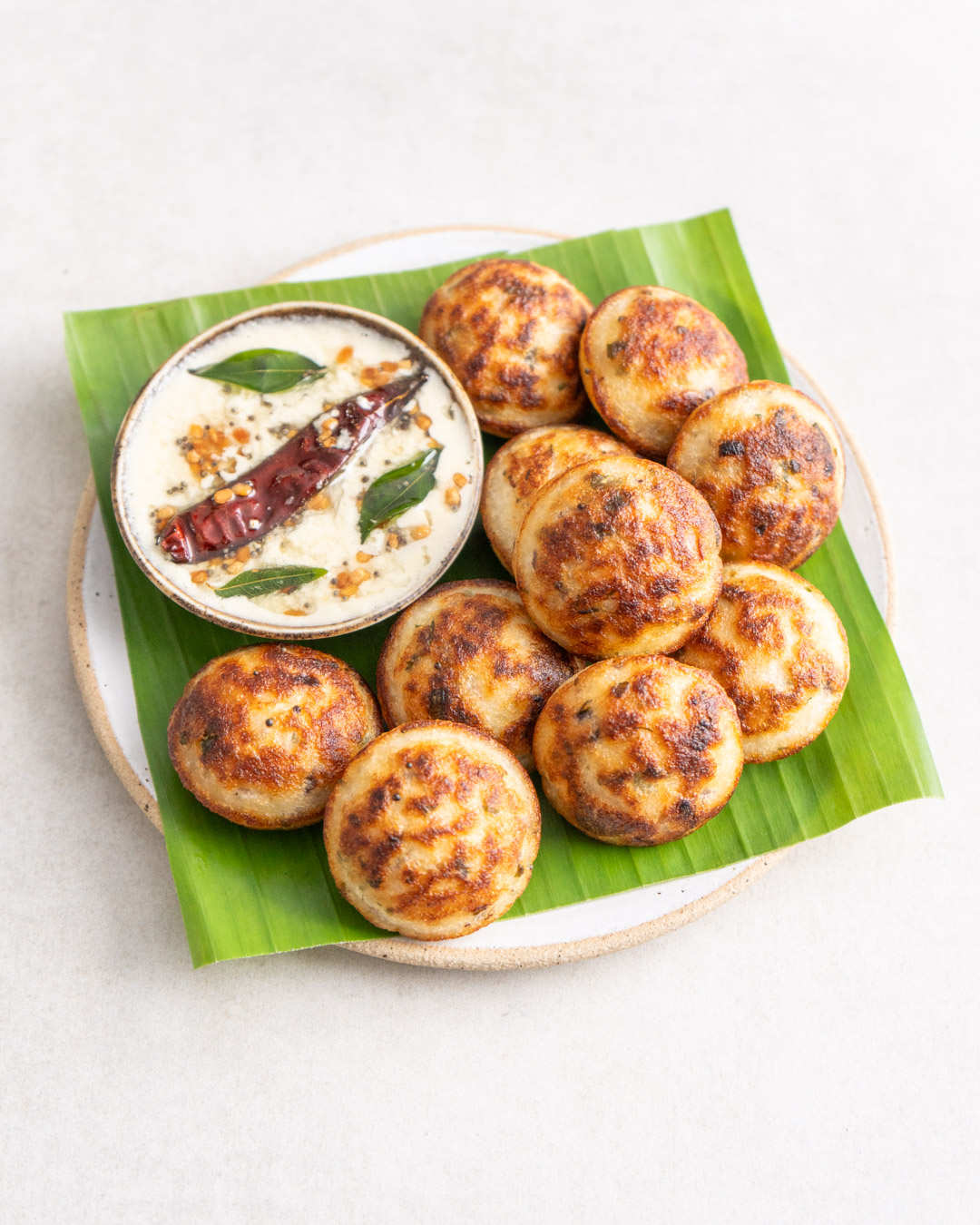
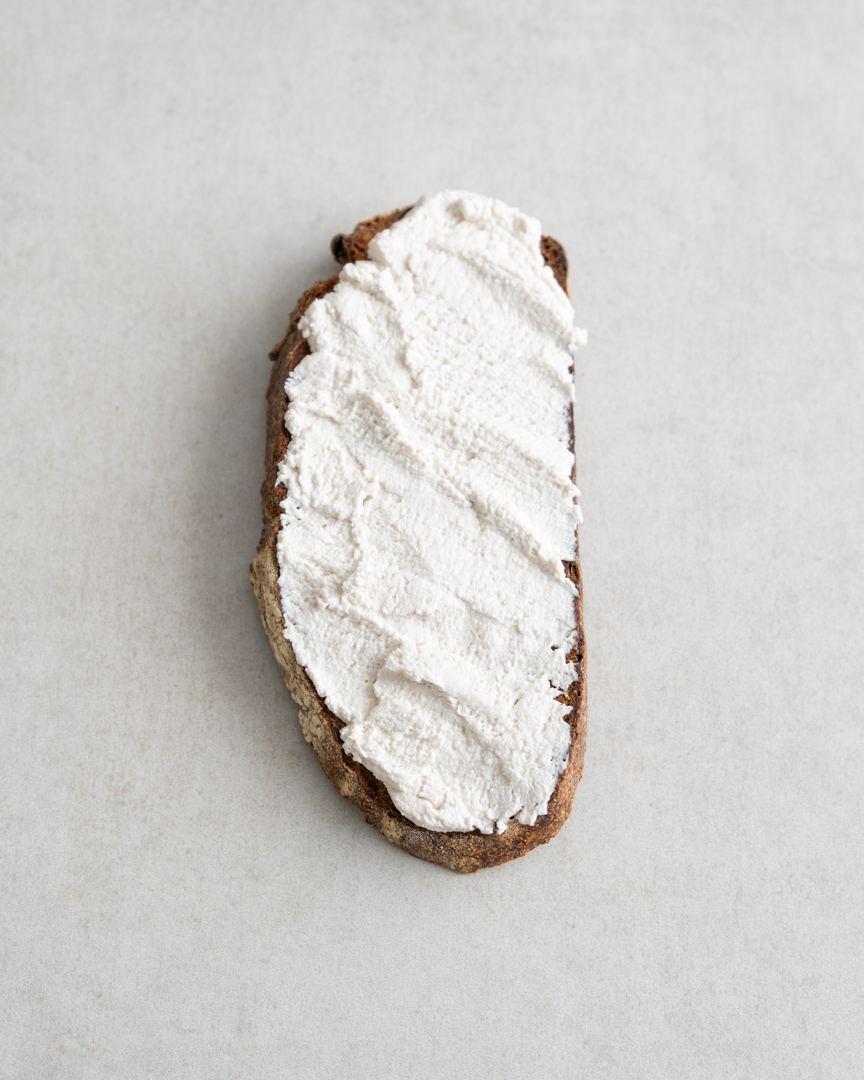
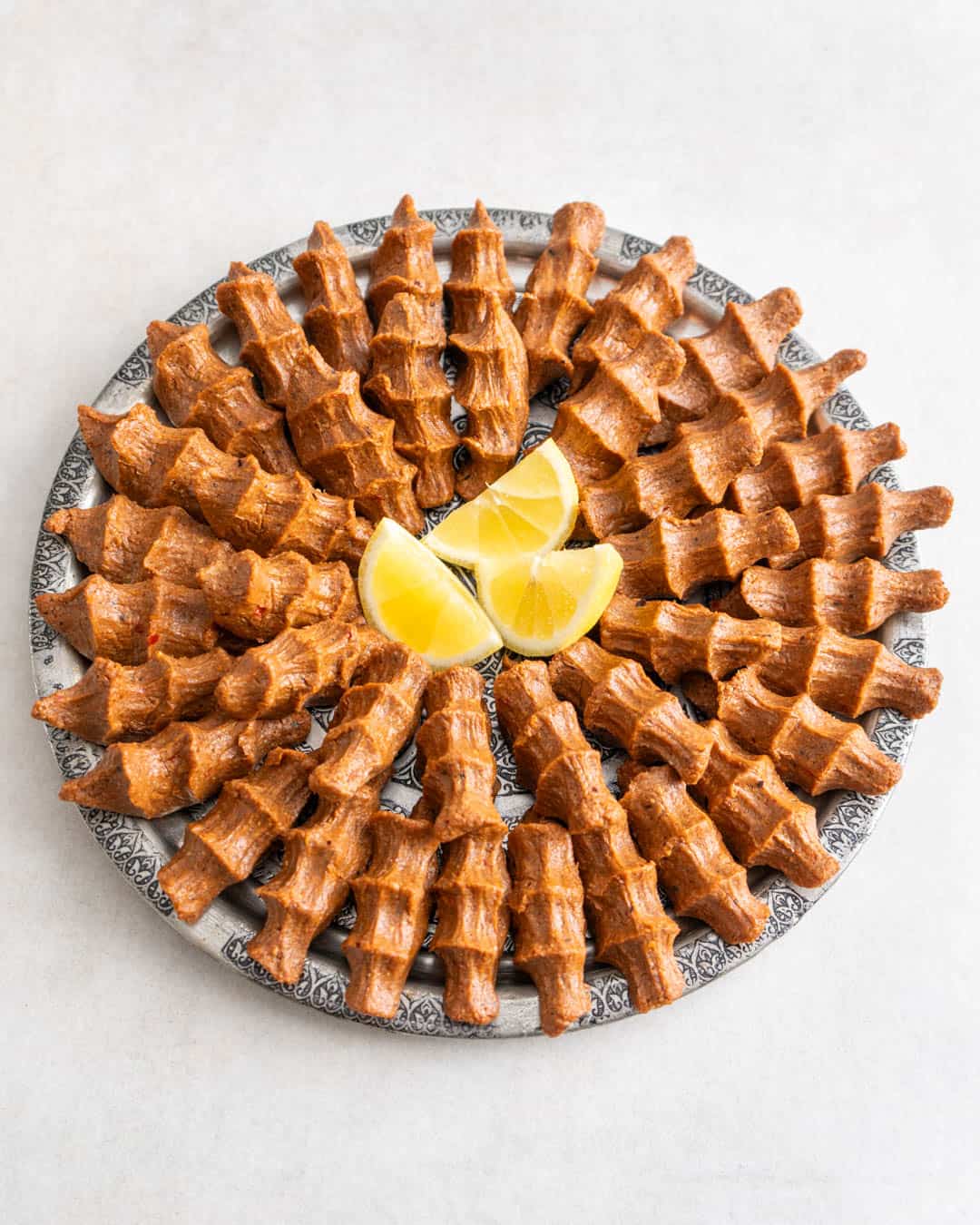
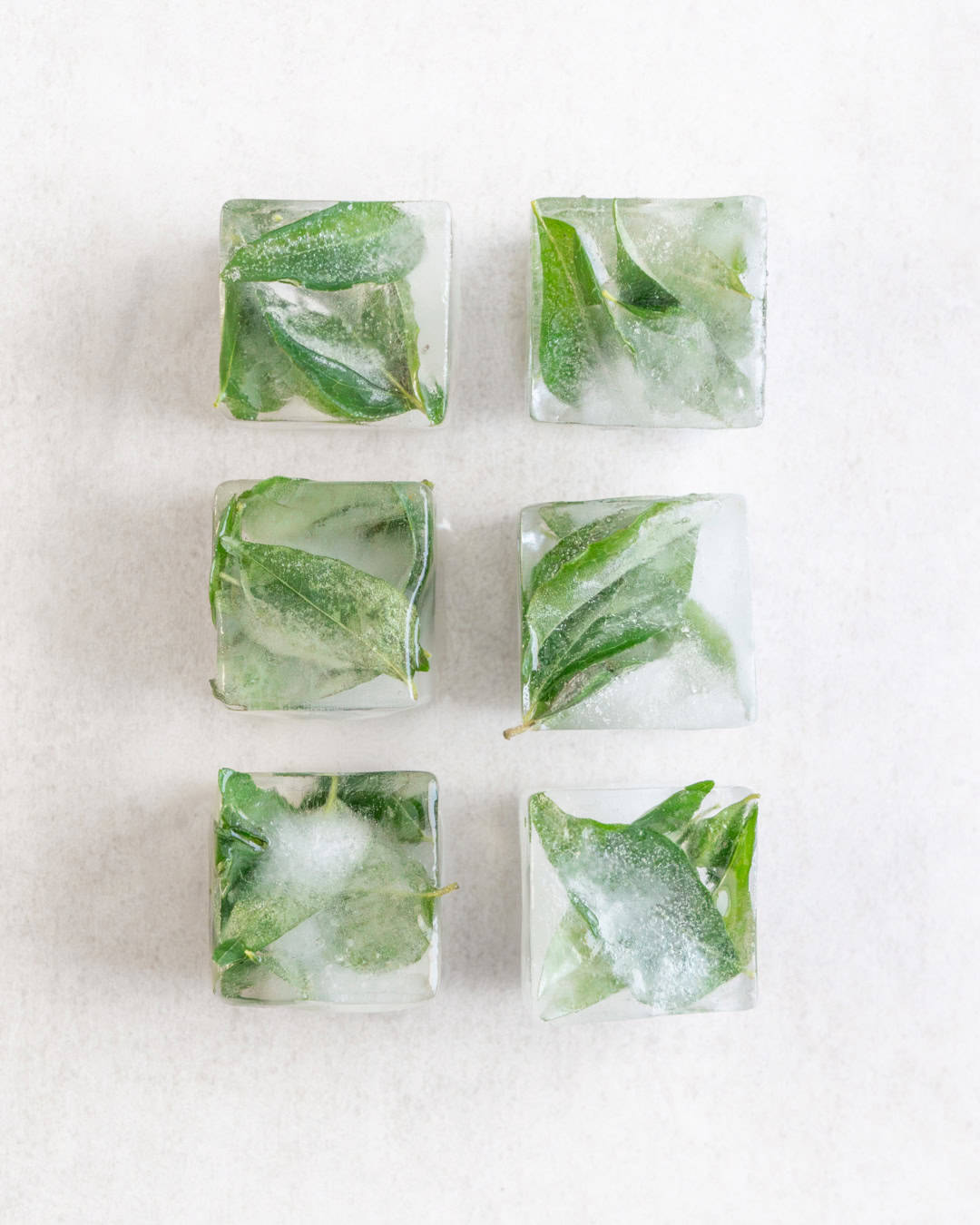
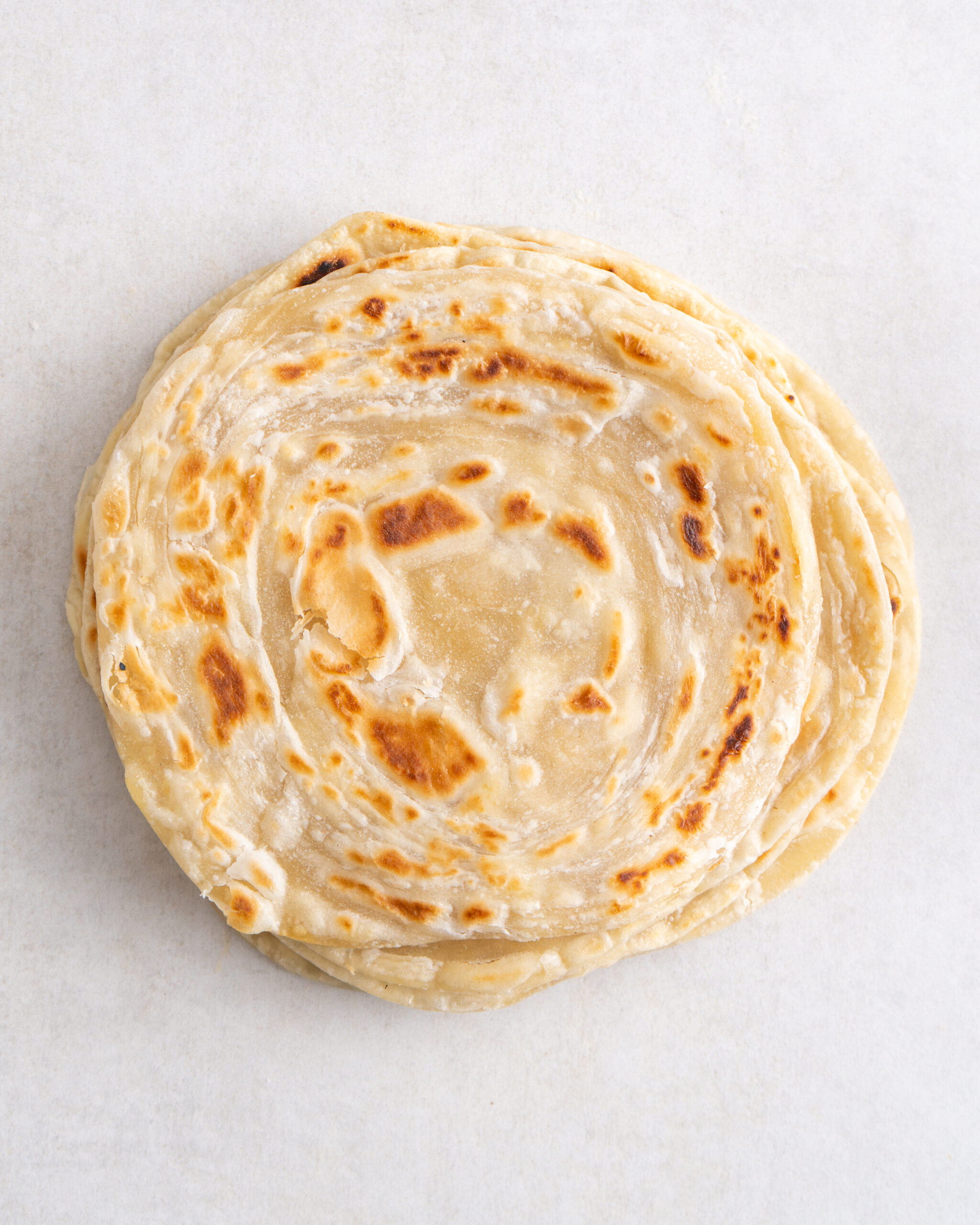
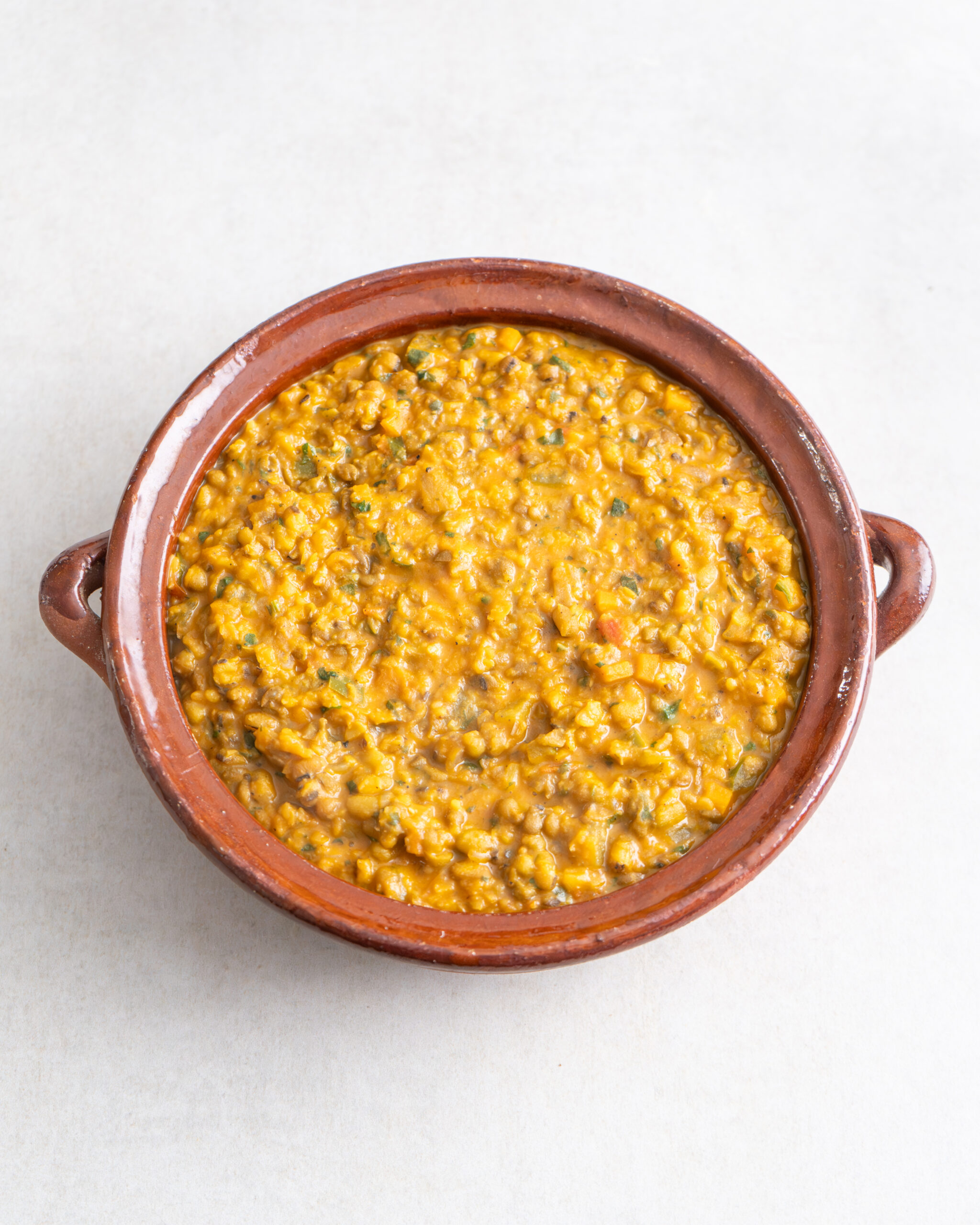
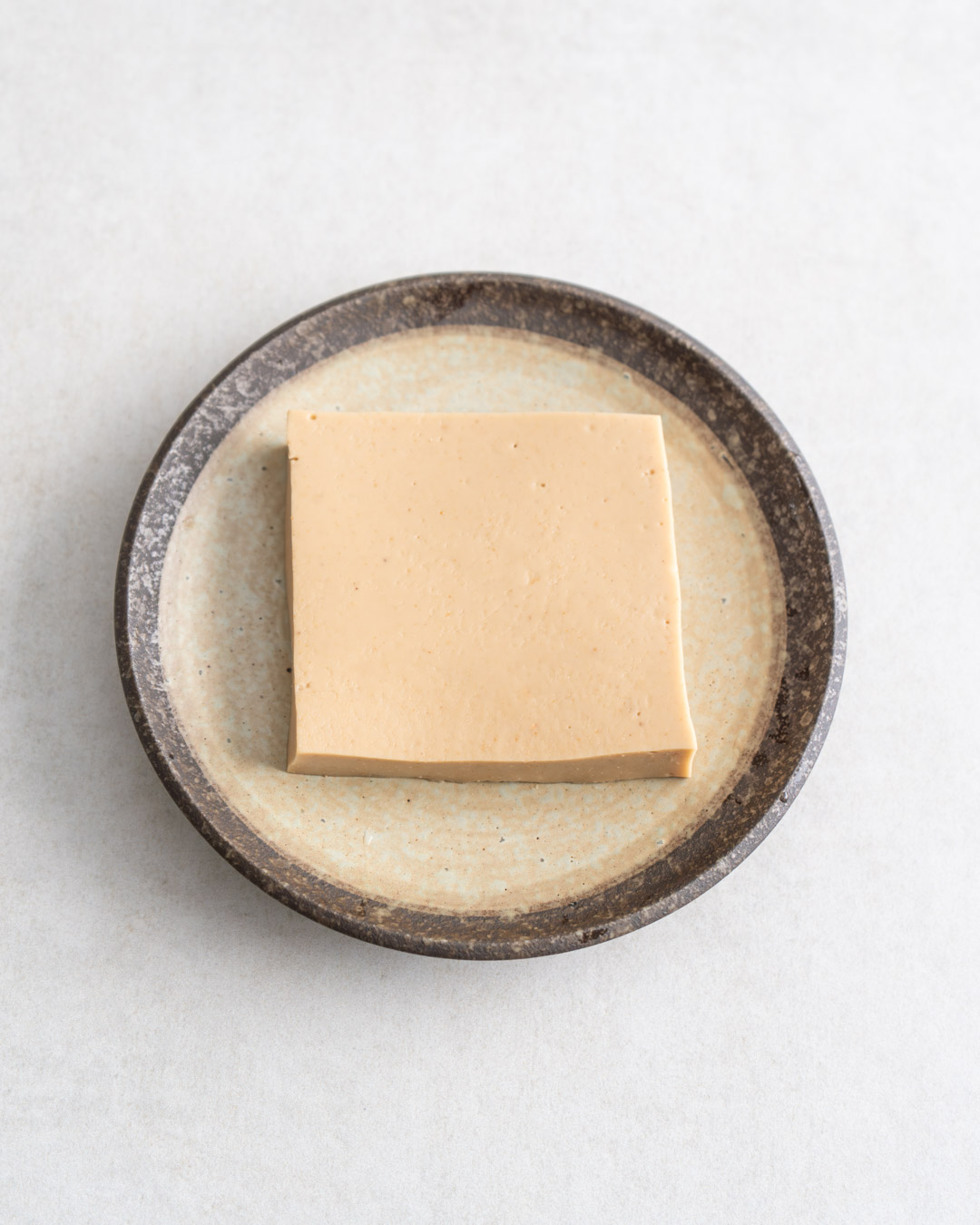
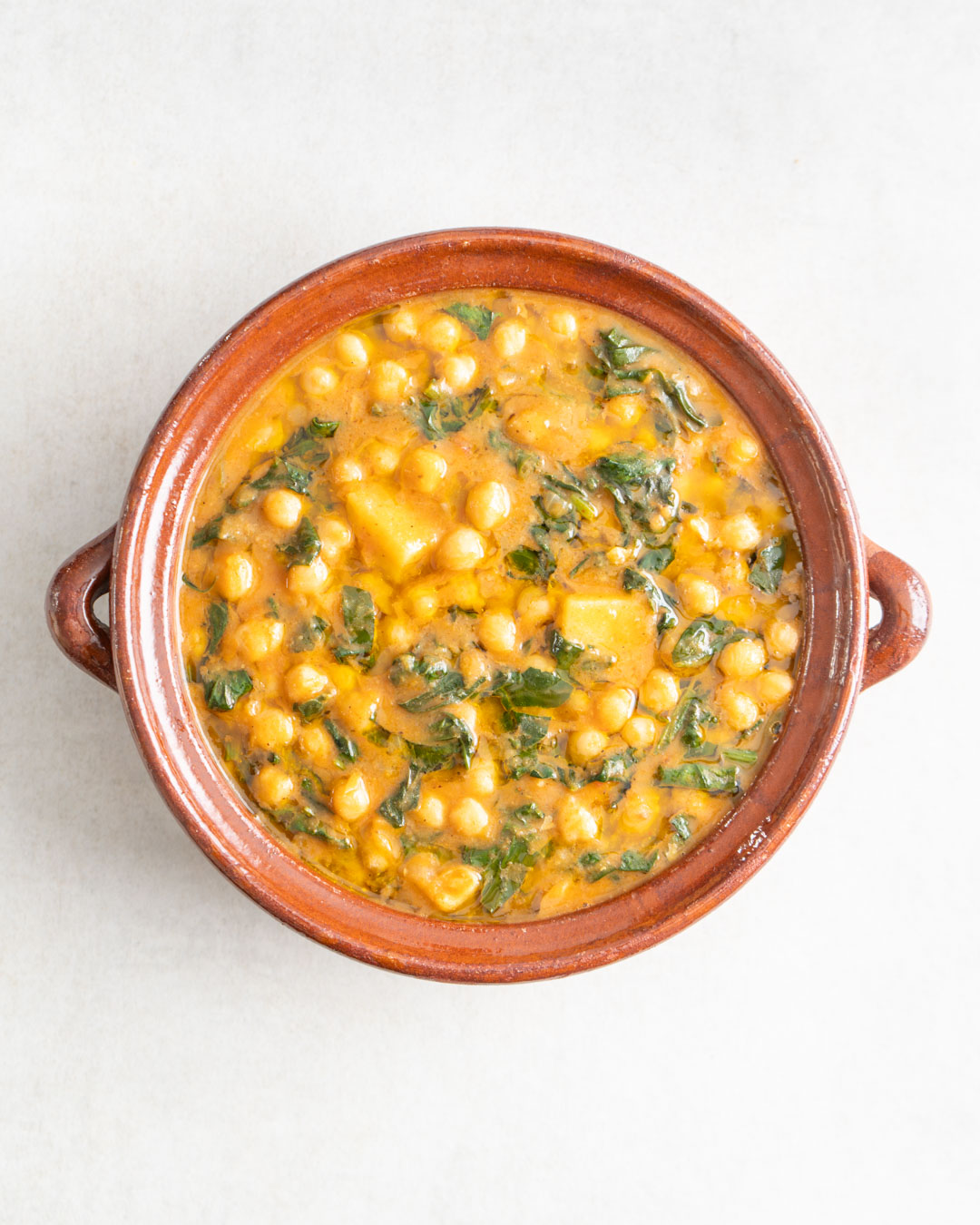
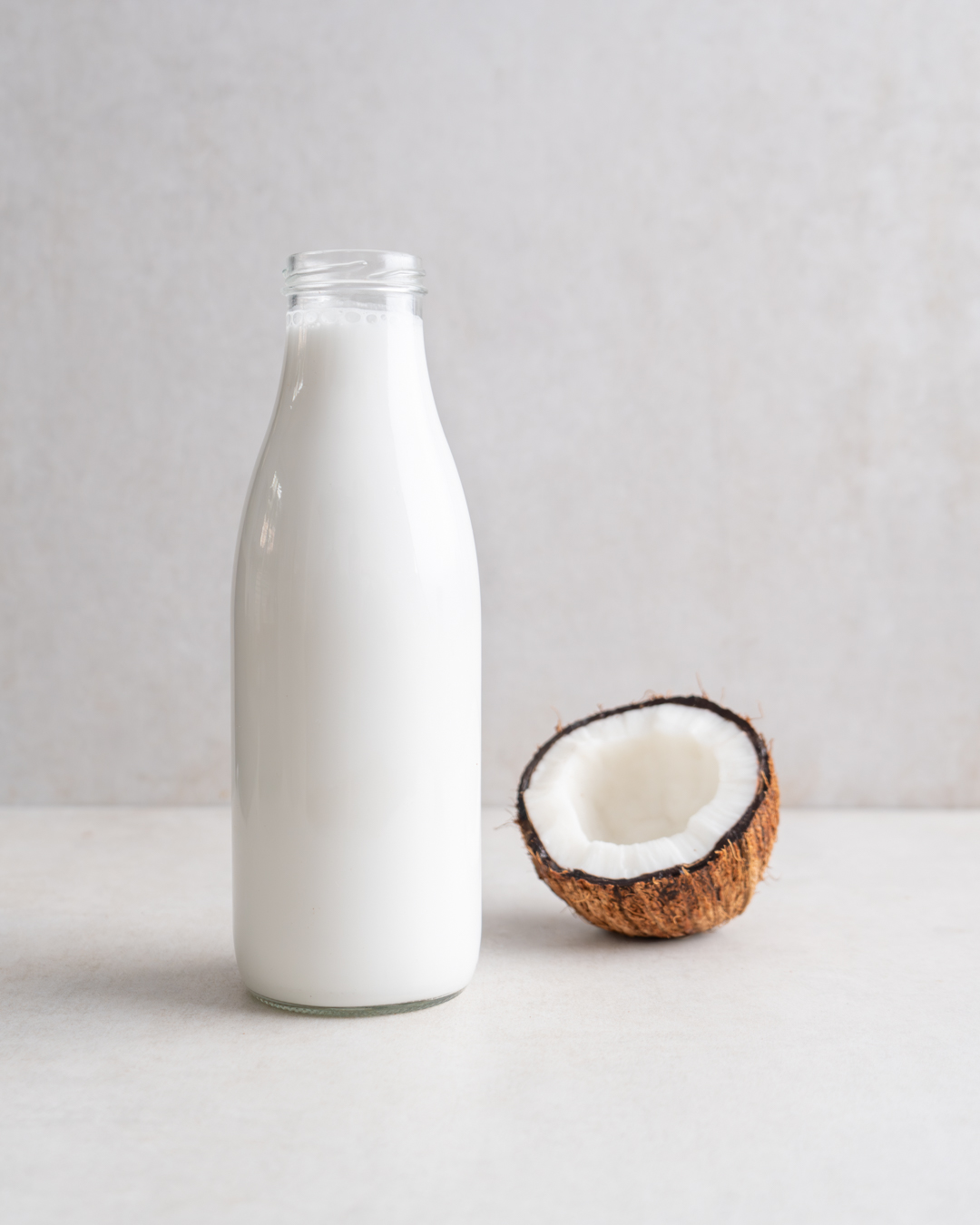
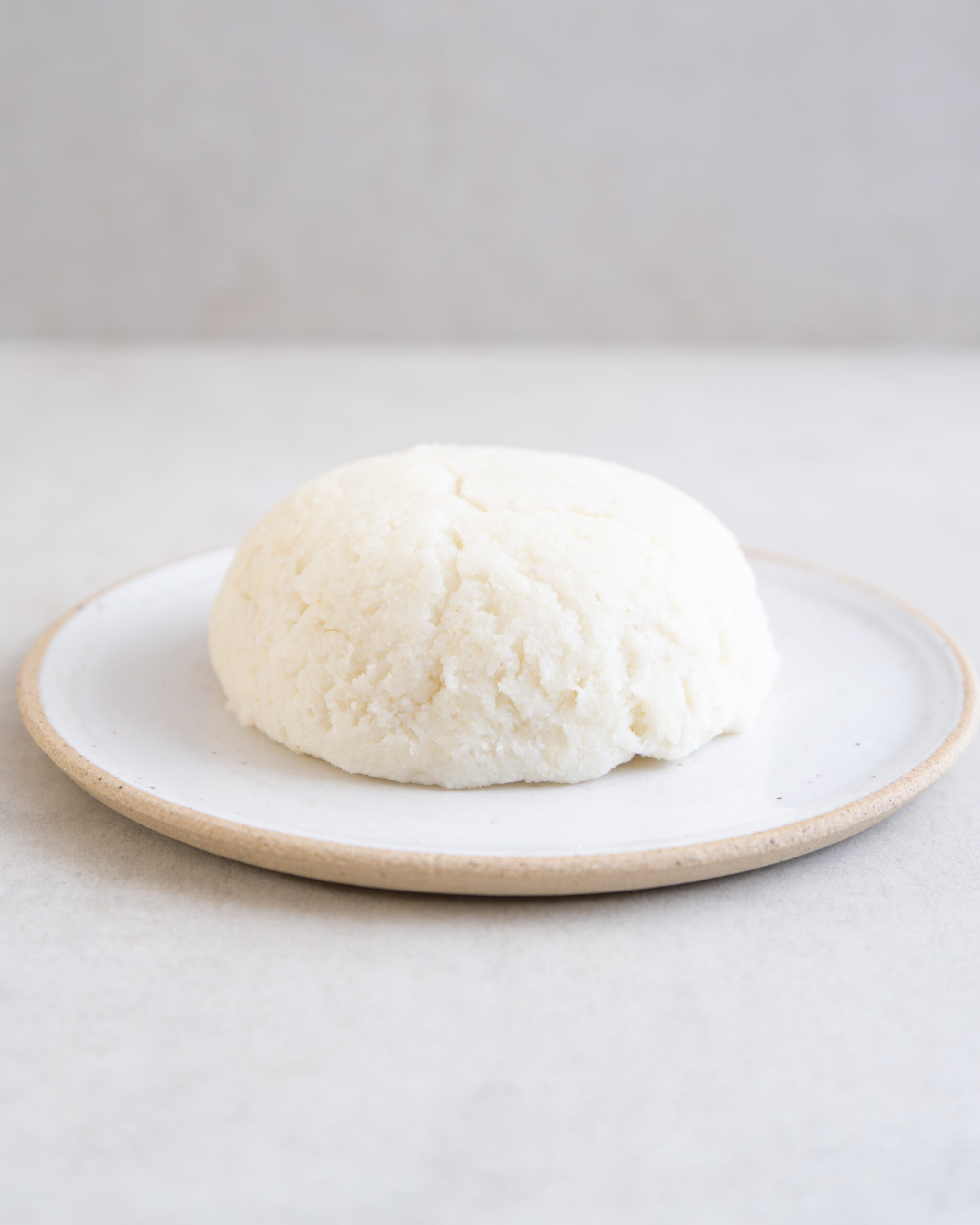
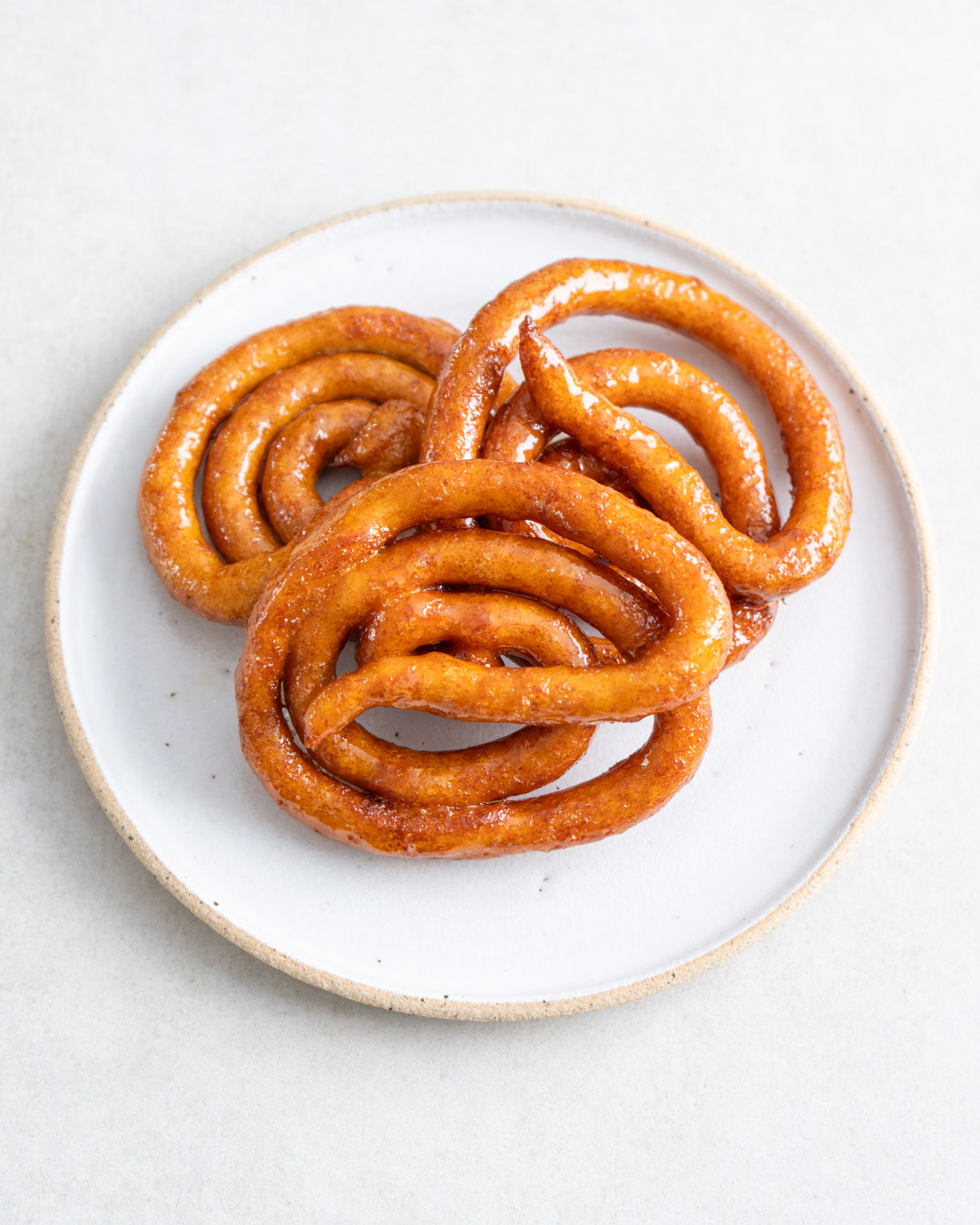
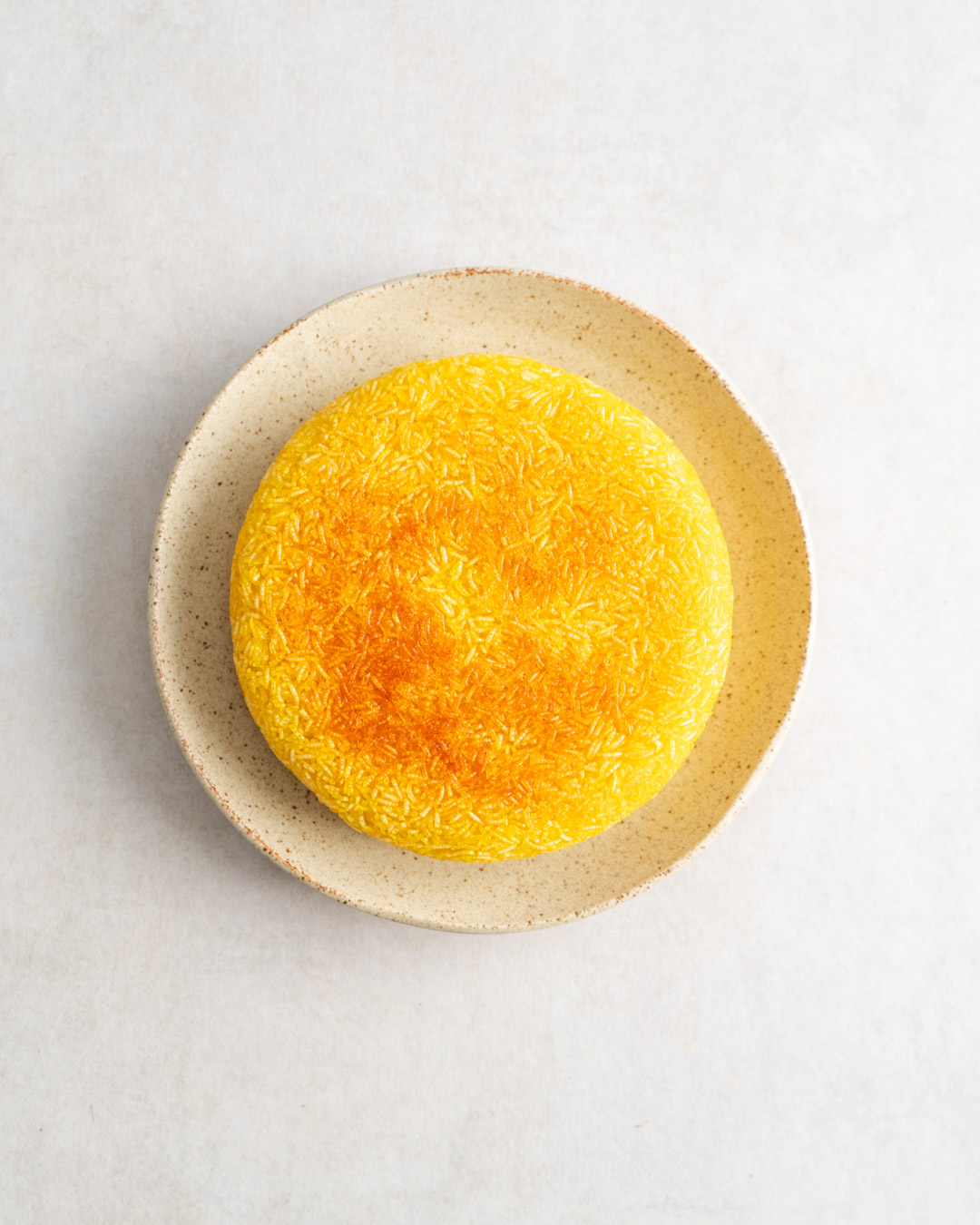
Looks amazing! Can I substitute the hazelnut milk with another plant milk? What is the best?
Absolutely! Oat milk is usually quite sweet, while almond or cashew milk won’t affect the sweetness :). Any plant-based milk works.